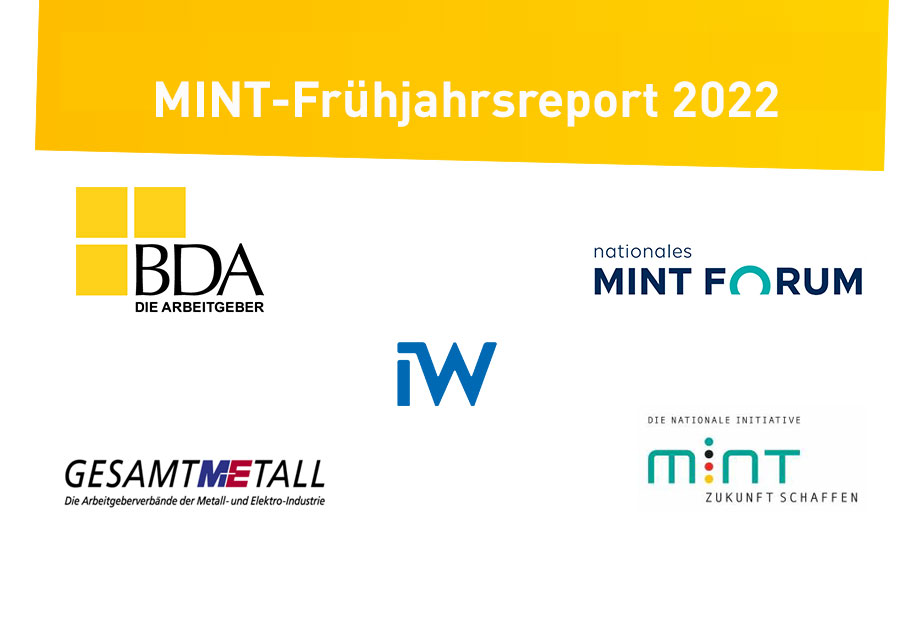- TOPICS
-
-
- Employment and Labour Market
- Labour law and collective bargaining policy
- General applicability
- Industrial action
- Labour & collective bargaining law
- Working time
- Time limit
- Works Constitution
- Bureaucracy reduction
- Data protection
- Protection against discrimination
- Parental leave
- Posting
- Insolvency
- Protection against dismissal
- Minimum wage
- Co-determination
- Mobile work
- Maternity protection
- Pandemic
- Care time
- Self-employment
- Tariff autonomy
- Collective Bargaining Agreement
- Collective bargaining unit
- Tariff policy
- Collective bargaining
- Collective agreement
- Part-time work
- Restructuring
- Holiday law
- Contracts for work
- Whistleblowing
- Temporary work
- Education and vocational training
- Training market
- Professional orientation
- Education policy
- Education 4.0
- Dual education
- dual study
- Permeability
- Early childhood education
- Higher Education Funding
- Lifelong learning
- Teacher Education
- Reorganization of education and training
- STEM Professionals
- Economic education
- Accreditation/Quality assurance
- SCHOOLBUSINESS Germany
- Digitalization and innovation
- Europe and International Affairs
- Social policy and social security
- Old-age poverty
- Work made in Germany
- Occupational safety
- Contribution and registration law
- Company pension scheme
- Shortage of company doctors
- Health insurance
- Long-term care insurance
- Mental health
- Pension insurance
- Riester pension
- Social self-government
- Social insurance
- Accident insurance
- The future of social security
- Taxes & Finances
- Economy & Society
-
-
-
- Newsroom
- The BDA
- Members

STEM Spring Report 2022

BDA AGENDA 10/22 | Topic of the week | May 25, 2022
STEM gap higher than ever in April. There is a shortage of skilled workers in the future-oriented fields of energy/electronics and IT in particular.
The latest STEM Spring Report, compiled by the German Economic Institute on behalf of the BDA, Gesamtmetall and the "MINT Zukunft schaffen" initiative, shows the increasing shortage of skilled workers in the fields of mathematics, IT, natural sciences and technology (STEM). Across all skill levels, almost 320,000 registered vacancies in STEM professions were unfilled nationwide in April. This is the highest STEM skills gap measured in April since the survey began in 2011, with the largest shortage in the skilled worker segment (just under 150,000). The largest shortages are in the energy/electrical (82,500) and IT (60,600) sectors.
Demographics, decarbonization and digitalization are already having an impact on the STEM labour market and are expected to further intensify this trend. Added to this are the challenges of the future energy supply. The current demographic replacement demand for STEM specialists is around 274,000 and will rise to almost 292,000 in the next five years. The annual new supply of professionally qualified STEM specialists (approx. 140,000) will therefore be significantly lower than the replacement demand in the coming years. The effects of digitalization can already be seen in the rising demand in IT professions: Employment there rose by 68.6% between the end of 2012 and the end of the third quarter of 2021. In comparison, there was only a 3.6% increase in all STEM skilled occupations.
These rising needs are offset by a declining supply of STEM talent, which has been further reduced by the coronavirus pandemic. It is to be feared that the learning gaps created during the school closures in particular will have a negative impact on the STEM skills of school leavers. The general decline in applicants on the training market is also having an impact on training in STEM professions, and the pandemic has not been without consequences at universities either: in 2016/2017, 198,000 students began their studies in a STEM subject. Most recently, this figure was down to 172,000, which is due in particular to the sharp decline in foreign students.
It is therefore more important than ever to leverage all potential for STEM, especially among girls and young women. At 15%, the proportion of women in STEM professions is still far too low. Even if all domestic potential is exploited, immigration into STEM professions has a significant role to play. Without the strong increase in the employment of foreign workers, the STEM gap would already be almost twice as high today. In addition, the importance of STEM in the entire education system must be further strengthened. Initiatives such as the BMBF-funded STEM Networking Office, in which the National STEM Forum is involved, can make an important contribution to this.






